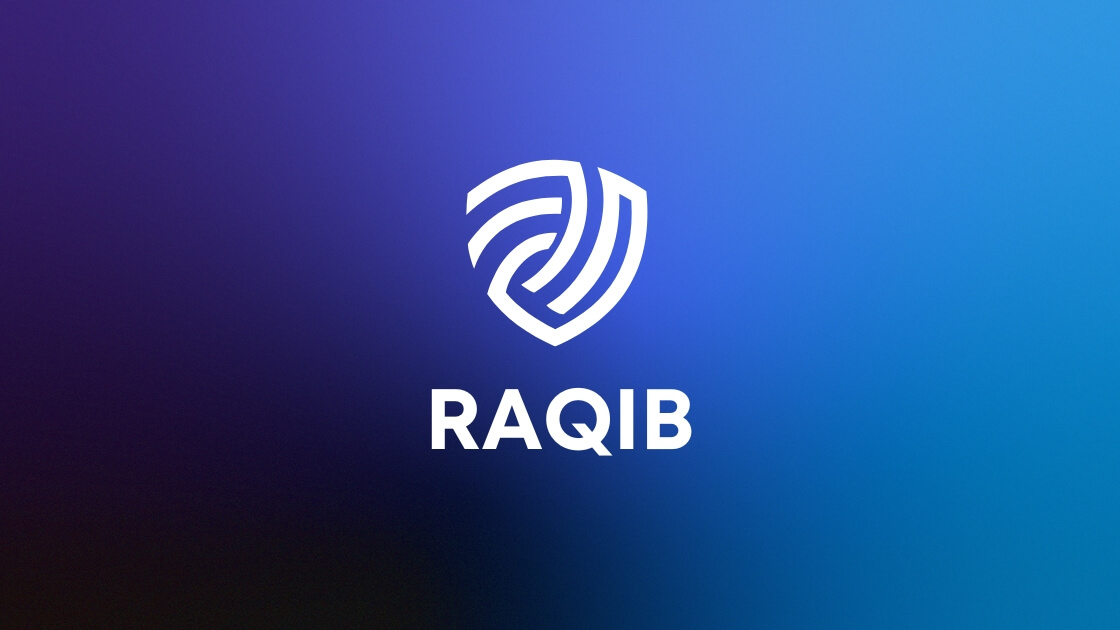How AI and Machine Learning Are Revolutionizing Cyber Defense

In an era where digital transformation is integral to business operations, the need for robust cyber defense mechanisms has never been more critical. Cyber threats are evolving at an unprecedented pace, and traditional methods of defense are becoming increasingly inadequate. Enter Artificial Intelligence (AI) and Machine Learning (ML), technologies that are revolutionizing how we approach cybersecurity.
Understanding the Cyber Threat Landscape
Cybersecurity threats are becoming more sophisticated, varied, and frequent. From ransomware attacks that hold critical data hostage to sophisticated phishing schemes that trick users into divulging sensitive information, the landscape is both vast and complex. Organizations are challenged to protect their assets against these evolving threats continuously. Traditional cybersecurity systems, which rely heavily on static rules and signatures, struggle to keep up with the dynamic nature of cyber threats.
The Role of AI and Machine Learning
AI and ML are transforming cybersecurity by providing more adaptive, intelligent, and proactive defense mechanisms. Here’s how they are making a difference:
1. Real-time Threat Detection
One of the most significant advantages of AI in cybersecurity is its ability to process vast amounts of data in real-time. Machine learning algorithms can analyze data from network traffic, identify patterns, and detect anomalies that could indicate a cyber threat. This real-time analysis allows organizations to respond to threats much faster, potentially stopping attacks before they cause significant damage.
2. Predictive Analytics
AI and ML can predict potential security breaches by analyzing historical data and identifying patterns that precede an attack. By understanding these patterns, cybersecurity systems can anticipate and prepare for threats before they occur, making them less reactive and more preventative.
3. Automated Responses
With AI, cybersecurity systems can respond to threats autonomously. When a threat is detected, AI can initiate an automatic response, such as isolating affected systems or blocking malicious IP addresses. This automation reduces the response time significantly and minimizes the potential impact of a cyber attack.
4. Enhanced Threat Intelligence
AI and ML enhance threat intelligence by continuously collecting and analyzing data from various sources, including dark web forums and social media. This intelligence helps organizations stay informed about the latest threats, tactics, and vulnerabilities, enabling them to bolster their defenses accordingly.
5. Improved User Authentication
AI-driven systems can enhance user authentication processes by using biometric data and behavioral analytics. By learning the typical behavior of users, AI systems can flag suspicious activities, such as unusual login attempts or access from unfamiliar locations, providing an extra layer of security.
Challenges and Considerations
While AI and ML offer significant benefits in cyber defense, they are not without challenges. Some considerations include:
- False Positives: Machine learning systems can sometimes produce false positives, flagging legitimate activities as threats. Continuous tuning and improvement of algorithms are necessary to minimize these errors.
- Adversarial Attacks: Cybercriminals can use AI to create adversarial attacks designed to deceive machine learning models. Ensuring AI systems are resilient against such tactics is crucial.
- Data Privacy: The use of AI in cybersecurity involves processing large volumes of data, raising concerns about privacy and data protection. Organizations must ensure they comply with relevant data protection regulations.
The Future of Cyber Defense
The integration of AI and ML into cybersecurity is still in its early stages, but its potential is immense. As these technologies continue to evolve, they will undoubtedly play a central role in shaping the future of cyber defense. Organizations that embrace AI-driven cybersecurity solutions will be better equipped to defend against the ever-evolving landscape of cyber threats.
AI and Machine Learning are not just buzzwords in the tech industry; they are powerful tools that are redefining how we approach cybersecurity. By enabling real-time threat detection, predictive analytics, automated responses, and enhanced threat intelligence, these technologies provide a robust defense against increasingly sophisticated cyber threats. As we look to the future, the role of AI in cyber defense will only continue to expand, offering new ways to safeguard our digital world.